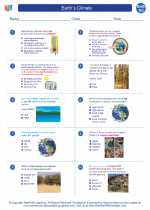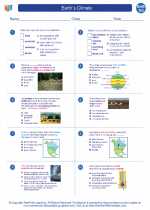Rigid
In physics, the term "rigid" is used to describe an object that does not change its shape easily. A rigid object maintains its shape and size under the action of external forces. This means that the object's internal structure remains unchanged when subjected to external forces, such as compression, tension, or shear.
Properties of Rigid Objects:
1. No Deformation: Rigid objects do not deform easily when subjected to external forces. This is because the atoms and molecules within the object are held together by strong intermolecular forces, preventing them from easily changing their positions and orientations.
2. No Change in Size: Rigid objects maintain their size, meaning their dimensions remain constant even when external forces are applied. This property is important in various engineering and construction applications where maintaining the integrity of the structure is crucial.
3. No Change in Shape: The shape of a rigid object remains constant, even when forces are applied. This property is essential in ensuring that the object can effectively transmit and distribute forces without undergoing deformation.
Study Guide:
Here are some study tips and concepts to understand when learning about rigid objects:
- Understand the concept of intermolecular forces and how they contribute to the rigidity of materials.
- Learn about different types of forces that can act on rigid objects, such as compression, tension, and shear forces.
- Study the behavior of rigid objects under various types of forces, including how they transmit and distribute forces.
- Explore real-world examples of rigid objects in engineering, architecture, and everyday life to understand the importance of rigidity in practical applications.
- Practice solving problems related to rigid objects, including calculating forces, stresses, and strains in different materials.
By mastering the concept of rigidity, you can gain a deeper understanding of how materials and structures behave under different conditions and forces.
Remember to always seek clarification from your teacher or tutor if you encounter difficulties in understanding the concept of rigidity and its applications.
.◂Earth Science Worksheets and Study Guides High School. Earth`s Climate

 Worksheet/Answer key
Worksheet/Answer key
 Worksheet/Answer key
Worksheet/Answer key
 Vocabulary/Answer key
Vocabulary/Answer key
 Vocabulary/Answer key
Vocabulary/Answer key
 Vocabulary/Answer key
Vocabulary/Answer key
